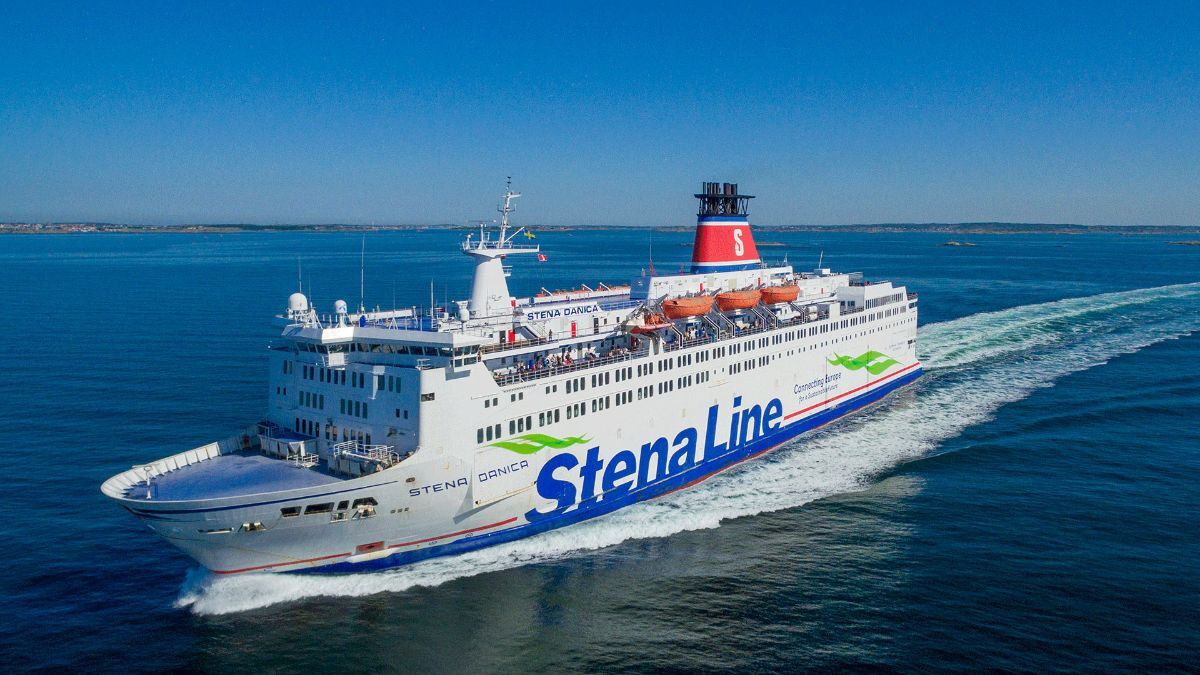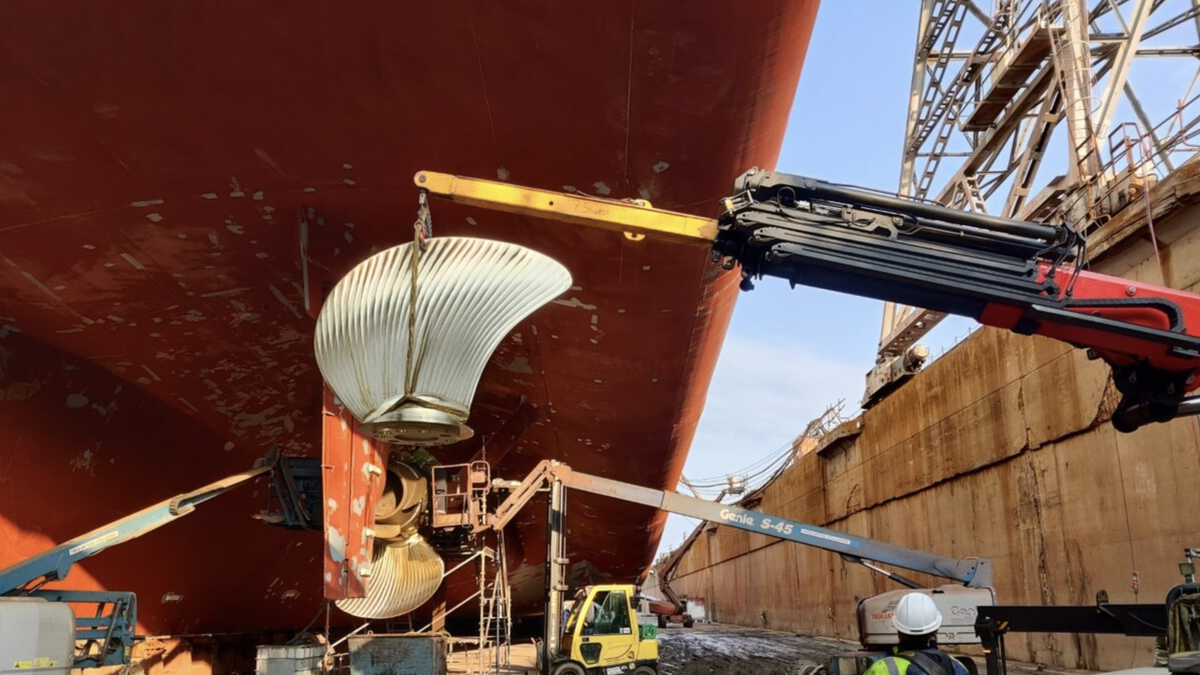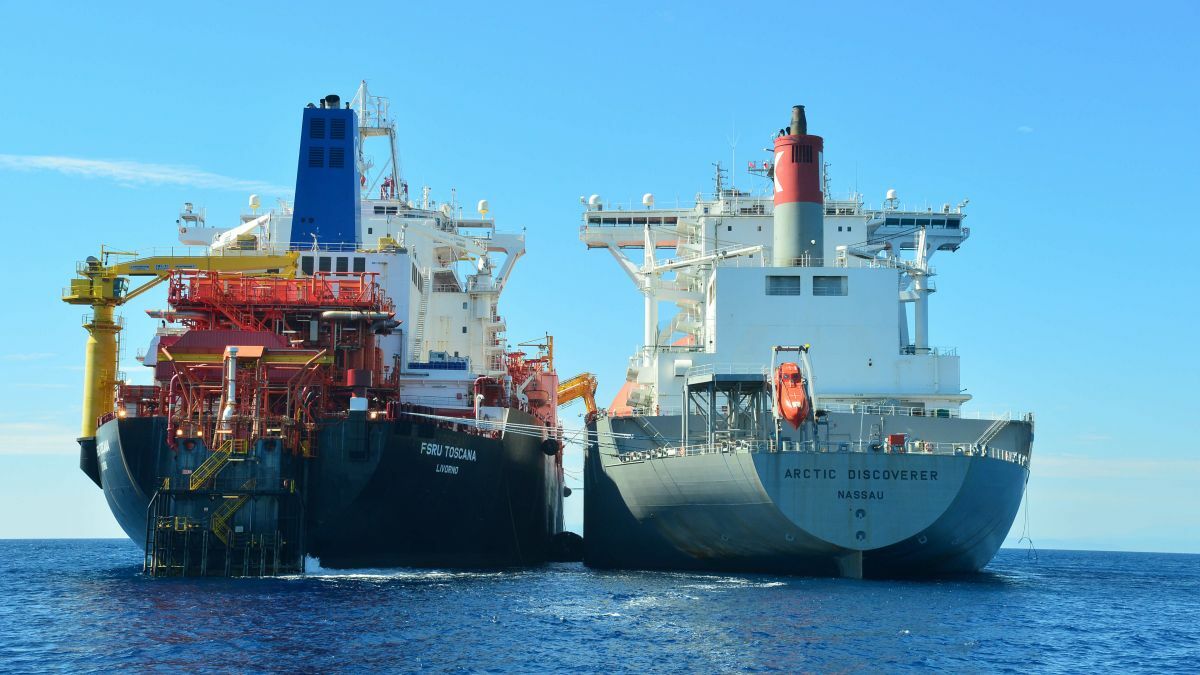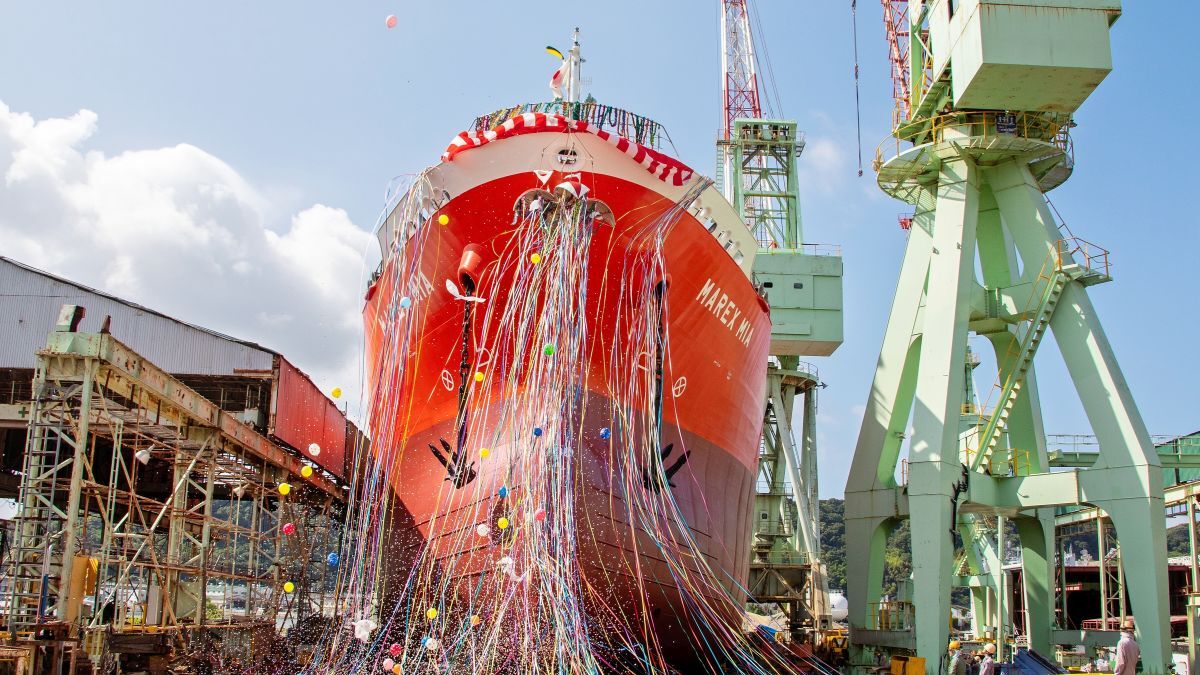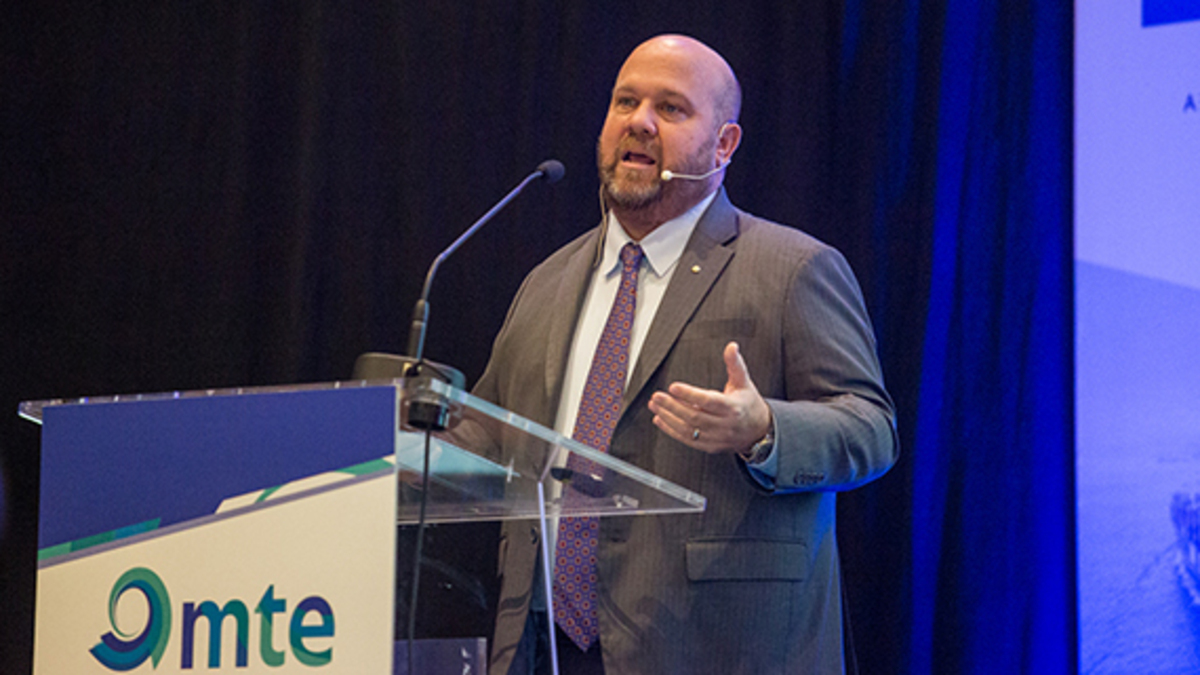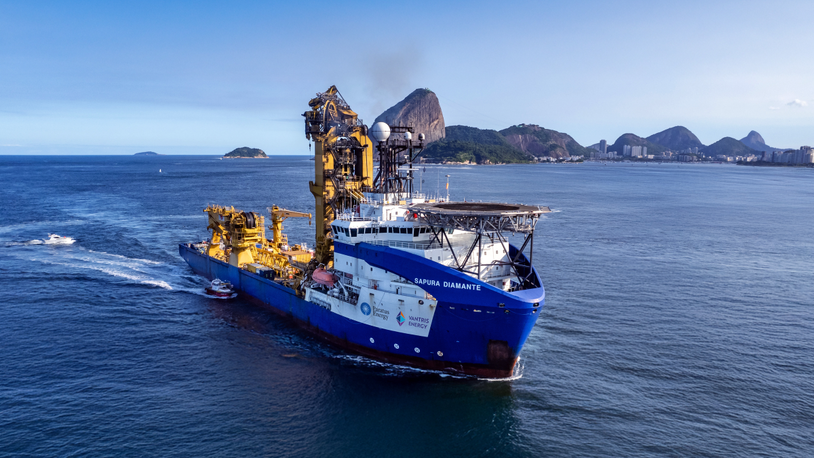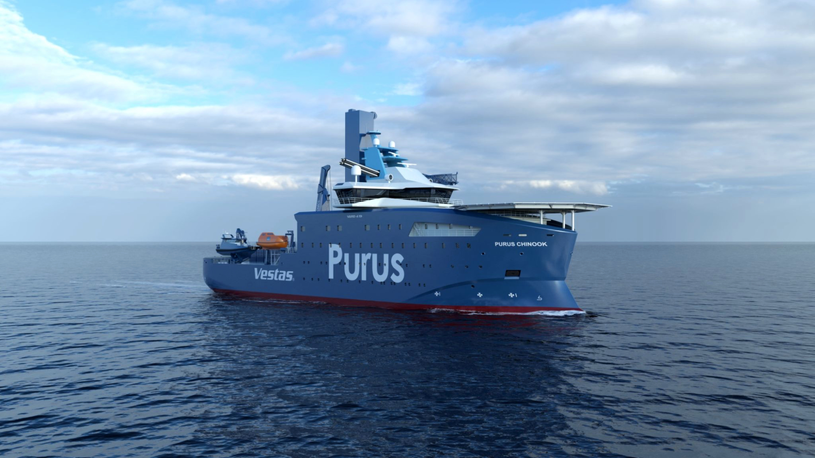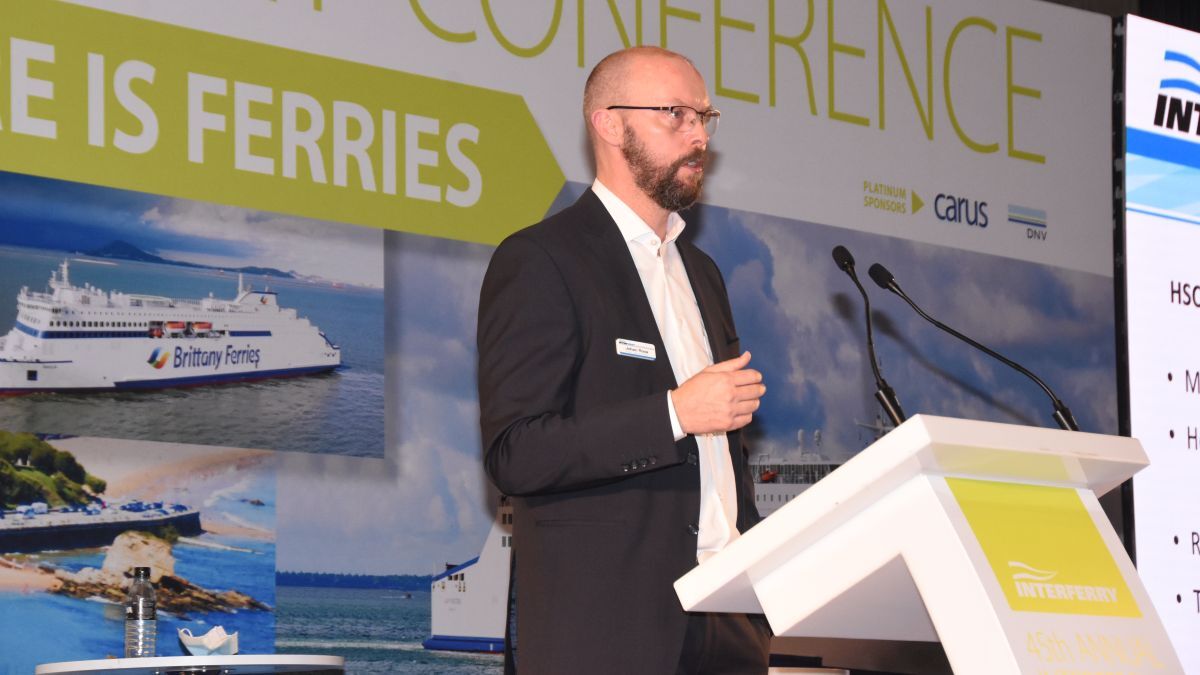Business Sectors
Contents
Register to read more articles.
Berg Propulsion reports fuel consumption efficiencies after propeller upgrade
Propulsion manufacturer Berg Propulsion reported a substantial reduction in fuel consumption on a long-serving Baltic ferry following a modification
Last year, Stena Line asked Berg Propulsion to revise 155-m Stena Danica’s twin propeller blades, to eliminate a persistent cavitation issue and enhance fuel efficiency.
In an additional technical challenge, Berg Propulsion’s system needed to be reverse engineered to fit with the existing propeller hub from another manufacturer. The supplier claims the propeller blade replacement can fit with “any hub” which also met requirements to cut machinery vibrations.
“Stena continuously reviews the performance of its ships to evaluate whether machinery and systems on board are optimal for their actual operations,” said Stena senior naval architect Per Wimby.
“This is the third propeller blade replacement undertaken on Stena Danica, but is especially timely, given that it anticipates new regulatory requirements for all ships to demonstrate their energy efficiency.”
Stena Danica’s twin control pitch propellers are served by two Sulzer 12ZV40 medium-speed engines per shaft. After several months of commercial operations in multiple sea states, Mr Wimby reported that using the new propeller blades, the vessel reduced average fuel consumption and neutralised a longstanding issue with vibrations.
Berg Propulsion representative for after market business development, Victor Abrahamsson said the blade design had been optimised to reflect a planned reduction in operating speeds, in a compromise between one engine per shaft line running at full power or two engines running per shaft, without ‘overpitching’.
“Blade geometry has moved on quickly in recent years, based on more accurate calculations, 3D scanning and better modelling tools. Today, we make better use of materials so that the same or enhanced efficiencies are achieved using slimmer profiles and blades which cover less area. It’s also much easier to evaluate and predict the relative performance of different blade types.”
Stena Danica entered service in 1983 but, having been fully renewed in 2005, still works the route linking Sweden and Denmark, connecting the ports of Gothenburg and Frederikshavn.
Riviera Maritime Media has a comprehensive conference programme for the rest of 2022 and will provide free technical and operational webinars in 2023. Sign up to attend on our events page
Related to this Story
AI, digital twins help design cyber-secure, green SOVs
Events
LNG Shipping & Terminals Conference 2025
Vessel Optimisation Webinar Week
Marine Coatings Webinar Week
© 2024 Riviera Maritime Media Ltd.


